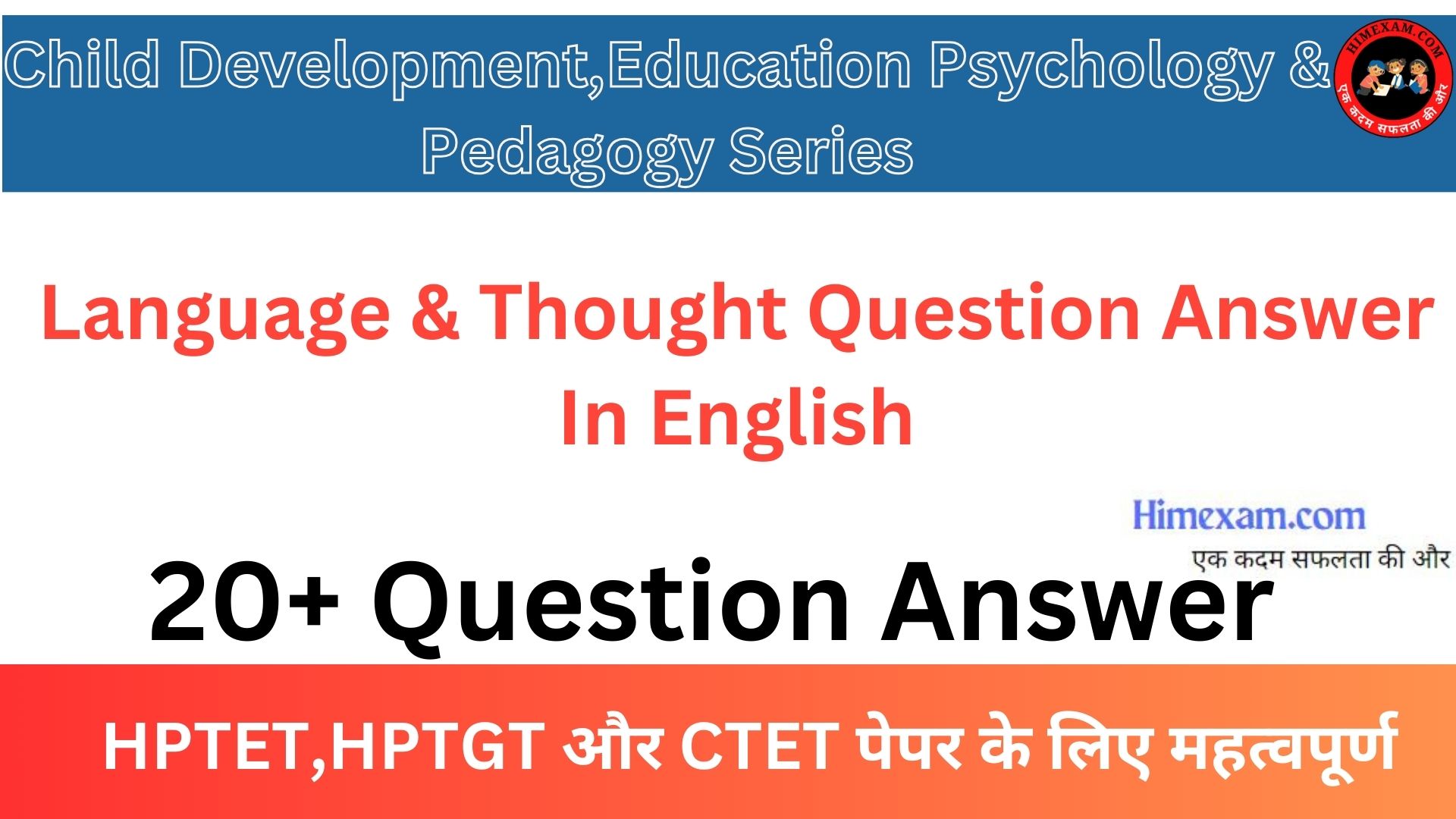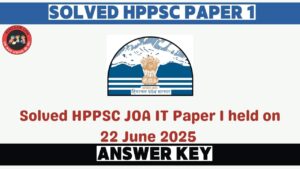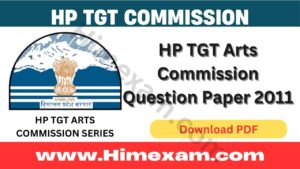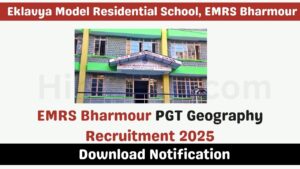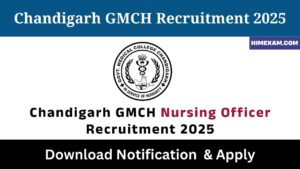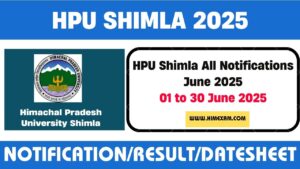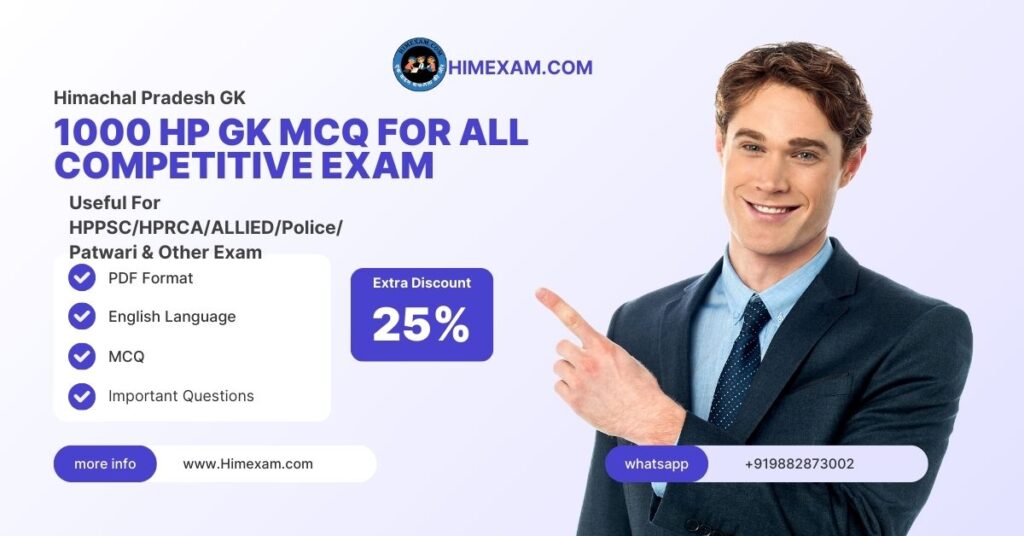Language & Thought Question Answer In English:-If you are preparing for any HPTET & HPTGT paper then this post is very important for you. This post contains Language & Thought Question Answer In English. Check our website daily to see other parts.
Language & Thought Question Answer In English For TET & TGT Exam:
1.The smallest unit in a language means:
(a) Syntax
(b) Morpheme
(c) Pragmatics
(d) Phonemes
2.What is the most difficult language skill?
(a) Listening
(b) Speaking
(c) Reading
(d) Writing
3.Ordinary people recognize language only ……………… as a medium.
(a) Communication
(b) Grammar study
(c) School study
(d) Using a dictionary
4.The Eighth Schedule of our Constitution ……. designates languages as the main languages of India.
(a) 14
(b) 16
(c) 20
(d) 22
5.When the subject matter is classified on the basis of the sentence, it is called:
(a) Phonetic classification
(b) Grammatical Classification
(c) Lexical Classification
(d) Semantic Classification
6. Which of the following is most related to the first word of the child?
(a) Abstract ideas
(b) Concrete things
(c) Time
(d) All of the above
7. The multilingual character of Indian society should be seen:
(a) As a barrier to teaching-learning process
(b) As a resource for promotion of school life
(c) As a challenge to the teacher’s ability to motivate students to learn
(d) As a factor complicating school life for the learner
8.A child is able to break down the word “CAT” into its constituent phonemes / C / +/ A/ +/ T /. Whose deep level does he demonstrate?
(a) Voice awareness
(b) Print work
(c) Deletion
(d) None of these
9.Who said it “Children are born with acquire language device”?
(a) Skinner
(b) Piaget
(c) Vygotsky
(d) None of these
10………… does not play an important role in children’s language studies.
(a) Study rules for sound composition
(b) Study rules for conversational patterns
(c) Study rules for adult speech imitation
(d) Study rules for sentence structure
11.Meta-linguistic awareness:
(a) Ability to think
(b) Ability to think and talk about language
(c) Ability to learn language
(d) Ability to write with other visual signs
12.When dialogue are grouped on the basis of sentences structure, then it is called?
(a) Phonetic Grouping
(b) Grammar Grouping
(c) Lexical Grouping
(d) Semantic Grouping
13.How does a student learn the art of speaking?
(a) By reading difficult text materials
(b) By discussing the realities of life
(c) By reading the text materials provided by the teacher
(d) Ignoring all the mistakes while speaking
14.What quality does the teacher want to teach to the students?
(a) Developing the quality of taking things apart
(b) The way of thinking
(c) Developing emotional thinking
(d) Developing the quality of observation
15.What is a good way to read intelligible text?
(a) Pay attention to the words and structure used in the text
(b) Thorough examination of the text
(c) Develop emotional thinking
(d) Examine and interpret the text and evaluate it
16.Why is important to read grammar?
(a) For accuracy
(b) For fluency
(c) For ability to read and write
(d) For performing numerical tasks
17.What does the picture help to explain?
(a) The skill of the artist
(b) Speaking Skills
(c) Listening Skills
(d) Writing Skills
18.First generation learners feel the most difficulty in?
(a) Writing worksheets
(b) Self-study
(c) Long answer type questions
(d) Learning a first language
19. Understanding and using languages enables children to:
(a) To make connections between ideas
(b) To make people and object relationships
(c) Torelate the environment to their surrounding
(d) All of these
20.Which type of teaching emphasizes semantic context and not forms and patterns in language learning?
(a) Communicative Language Teaching
(b) Competitive Language Teaching
(c) Collaborative Learning
(d) Cooperative Language Teaching
21.A language which is primarily used for communication in our home, school and social environment is called:
(a) Mother tongue
(b) First language
(c) Home language
(d) None of the above
22.Which of the following is most important for linguists?
(a) Words and Sentences
(b) Sound Systems and Sentences
(c) Vocabulary and Grammar
(d) Phonetic Systems and Grammar
23.A child develops his language at the age of ……… which is a combination of the above words and grammar of a language.
(a) 4 Years
(b) 5 Years
(c) 6 Years
(d) 7 Years
24.According to Article …….the Constitution of India, Hindi written in the script of Devanagari is the official language of India.
(a) 343
(b) 345
(c) 351
(d) 377
25.Quick reading to get any information is called:
(a) Skimming
(b) Fast Reading
(c) Scanning
(d) Silent Reading
More Pages:-
हेलो दोस्तों ,आपका हमारी वेबसाइट Himexam.com पर स्वागत है। जैसा की आपको पता है हमारी वेबसाइट Himexam.com आपको समय-समय पर सभी HP Govt Jobs & All India Govt Jobs की Notifications प्रदान करवाती है। साथ ही साथ Himachal Pradesh Exam Previous Paper और Himachal Pradesh GK ,Himachal Pradesh & National +International Current Affairs के सभी नोट्स मुफ्त उपलब्ध करवाते है। हमारी वेबसाइट के अलग अलग प्लेटफार्म पर pages & Group बने है जैसे की facebook ,Telegram और Instagram .. अगर आप हिमाचल के किसी भी पेपर की तैयारी कर रहे हो तो जल्दी से इन groups के साथ जुड़ जाएं इनके लिंक नीचे table में दिए गए है।
Join Us:-
| Like Our Facebook Page | Click here |
| Join Us oN Telegram | Click here |
| Join Us On Instagram | Click Here |

